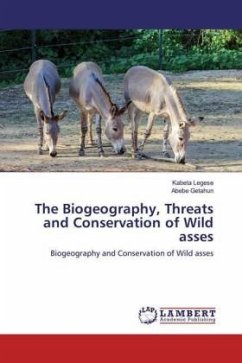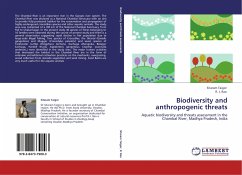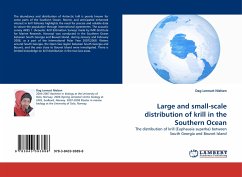The evolution of equids is well studied, and involves several morphological and physiological changes. However, it is still on continuous revision and updates. The phylogeny of wild asses in particular is still unresolved. Articles on the evolutionary history, biogeography, threats and conservation of wild asses were extensively searched and reviewed to figure out the historical and current distributions, threats and prospects of these equids. Most wild equids are threatened by extinctions. The extinction probability of these animals is enhanced by a synergy of human impacts and rapid climate change. Wild asses are geographically restricted to African and Asian continents. The historical distributional ranges in the two continents, however, are seriously contracted over time. African wild asses in particular are at risk of extinction and require a special conservation attention.
Bitte wählen Sie Ihr Anliegen aus.
Rechnungen
Retourenschein anfordern
Bestellstatus
Storno








